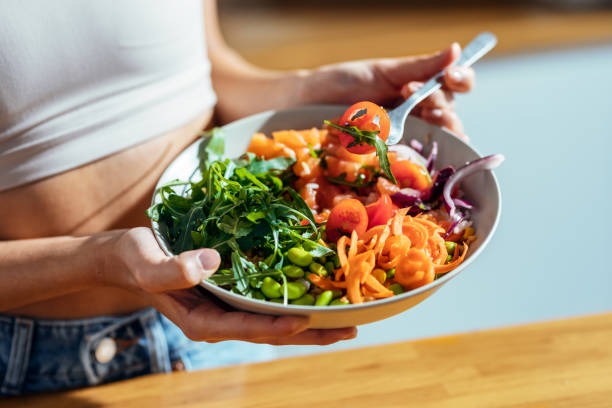How to Water Plants Efficiently in Summer
Introduction: Summer brings vibrant growth to plants, but it also demands careful watering strategies to keep them thriving. High temperatures, intense sunlight, and dry winds can quickly dehydrate soil, leaving plants stressed or even damaged. This guide explores smart watering techniques, the best times to hydrate your garden, and how to adjust routines based on plant types. By the end, you’ll know how to conserve water while ensuring lush, healthy greenery all season.
Understanding Your Plants’ Water Needs
Not all plants require the same amount of water—some thrive in damp conditions, while others prefer drier soil. Before adjusting your summer watering routine, identify the specific needs of each plant in your garden. Here’s how to tailor your approach:
- Drought-resistant plants: Succulents, lavender, and rosemary need infrequent watering as their roots store moisture efficiently.
- Moisture-loving plants: Hydrangeas, ferns, and tomatoes require consistent hydration to prevent wilting.
- Newly planted vs. established plants: Young plants have shallow roots and need frequent, light watering, while mature plants benefit from deep, less frequent soaking.
To check if a plant needs water, insert your finger 1–2 inches into the soil. If it’s dry, it’s time to water. For potted plants, lift them—lightweight containers usually indicate dryness.
Optimizing Watering Times and Techniques
Watering at the right time of day is crucial to maximize absorption and minimize waste. Follow these best practices:
- Early morning watering: The best time is between 5 AM and 9 AM when temperatures are cooler, reducing evaporation and allowing roots to absorb moisture before the sun intensifies.
- Avoid midday watering: Watering in peak heat (10 AM–4 PM) leads to rapid evaporation, leaving plants thirsty and wasting water.
- Evening alternatives: If morning watering isn’t possible, water in the early evening, but avoid late-night watering to prevent fungal growth from prolonged dampness.
For efficient techniques, use:
- Drip irrigation: Delivers water slowly to roots, reducing runoff and evaporation.
- Soaker hoses: Ideal for garden beds, allowing deep soil penetration without wetting foliage.
- Watering cans with fine nozzles: Perfect for potted plants, ensuring gentle hydration.
Conserving Water While Maximizing Hydration
In summer, water conservation is as important as plant health. Implement these smart strategies to reduce waste:
- Mulching: Apply a 2–3 inch layer of organic mulch (straw, bark, or compost) around plants to lock in moisture, stabilize soil temperature, and suppress weeds.
- Rainwater harvesting: Collect rainwater in barrels to use during dry spells—this is free, chemical-free, and eco-friendly.
- Group plants by water needs: Cluster high-water plants together and place drought-tolerant ones separately to avoid overwatering.
- Self-watering systems: Use ollas (clay pots buried in soil) or DIY bottle reservoirs for slow, consistent hydration in container gardens.
For lawns, water deeply but infrequently (1–1.5 inches per week) to encourage deep root growth. Adjust sprinklers to avoid pavement runoff, and consider replacing thirsty grass with native ground covers.
Final Thoughts: Watering efficiently in summer isn’t just about keeping plants alive—it’s about fostering resilience while respecting resources. By understanding your plants’ unique needs, timing your watering wisely, and adopting conservation methods, you can maintain a thriving garden without excessive water use. Whether you’re nurturing delicate flowers or hearty vegetables, these strategies ensure your green spaces stay lush and vibrant even in the hottest months.




